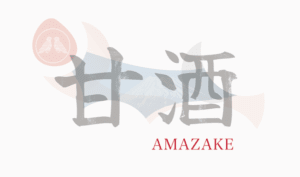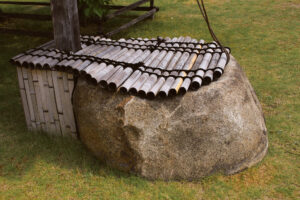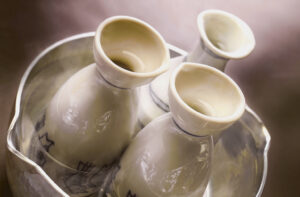Shinshu - what does the category "new sake" mean?
Japanese sake comes in different Quality classifications and also in slightly different ways of production. Here we explain what it is about sake, which has the name "Shinshu".
Three definitions of Shinshu
Shinshu (新酒) is the literal translation of the word "new sake".
However, the term is not quite clearly defined, and there are several meanings.Here we explain three of them:
1. sake produced and delivered during the brewing year.
According to the Japanese Alcohol Tax Law, shinshu is defined as sake produced and delivered within the brewing year.
The sake brewing year is the period from June to July of the following year. In Japan, the fiscal year is generally defined as the period from April to March of the following year. However, sake production begins in the fall, when the raw material rice is harvested, and continues through the winter and spring.
For this reason, the brewing year is defined as the period between July and June of the following year. Shinshu is therefore sake brewed in the winter and spring months and released on the market by the end of May of the same year, without being aged for a long time.
2. sake from new rice harvested during the brewing year.
Nowadays, some sake breweries are able to produce sake all year round thanks to improved temperature control and other techniques. However, most sake breweries make sake from November to March from the new rice harvested during the brewing year and sell it on the market as "shinshu". Therefore, during this time of the year, one often hears the term "shinshu." In fact, the term "shinshu" is widely used in Japan in this sense.
3. unpasteurized sake
Sake is usually pasteurized twice, once after pressing the mash and once after bottling. Unpasteurized sake is usually called "Nama-sake" (生酒), but is sometimes called "Shinshu" because it is fresh and not heat-treated.
How does Shinshu taste?
Here we introduce you to the flavor of Shinshu, which is made from new rice and will be on the market from around November.
Due to its short storage time, Shinshu is fresh, crisp and clean on the palate. Due to the roughness and liveliness of freshly pressed sake, it can also evoke a tingling sensation.
Sakabayashi-A sign that new sake is ready.
When you visit a traditional Japanese sake brewery, you will often see a ball like the one in the photo in front of the eaves. This is called "Sakabayashi" (酒林), a ball of cedar leaves, and has something to do with Shinshu.
In fact, they are a sign that the new sake has been made at the brewery. When they are first hung, they are still green, but gradually they wilt and turn brown, indicating the maturity of the new sake.
More about Japanese cuisine?
All about sake www.sushiya.de/sake

Amazake
Amazake - All About Non-Alcoholic Sake Table of Contents Amazake is a traditional drink popular in Japan, often drunk seasonally. Amazake

Important raw material for sake: (Japanese) water
For the Production of high quality premium sake the quality of the water used is of crucial importance. Japan as a volcano-rich country offers countless special regional water qualities that produce special sake with sometimes exceptional softness. Here you can learn all about the raw material water in Japan and how it influences Japanese sake.

Sake drinking - how best to enjoy Nihonshu
The good news in advance: To Sake enjoy in style does not necessarily have to follow rules. Although there are many different rituals and recommendations, you can interpret them according to your own preferences. For example, it doesn't matter much whether sake is drunk with food or after. Many connoisseurs are of the opinion that sake shows its true character only in connection with suitable dishes, but also solo sake takes you into unique worlds of taste.



